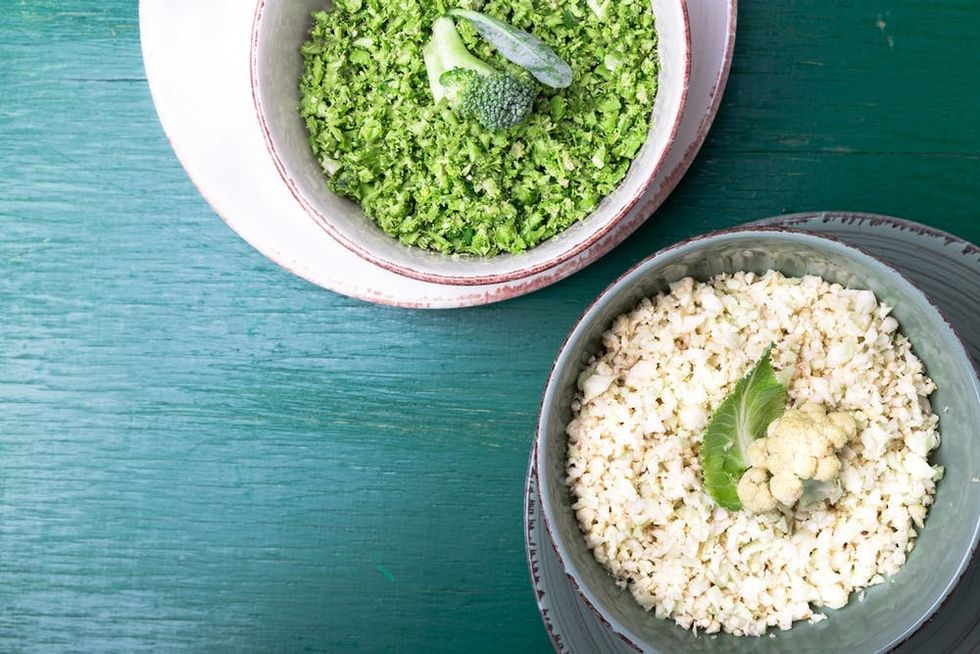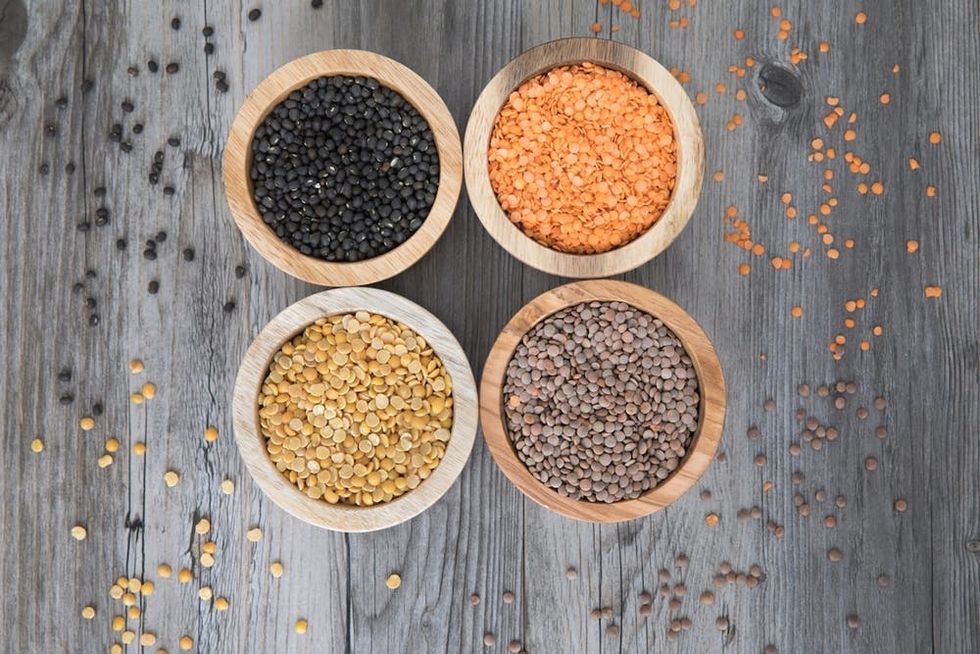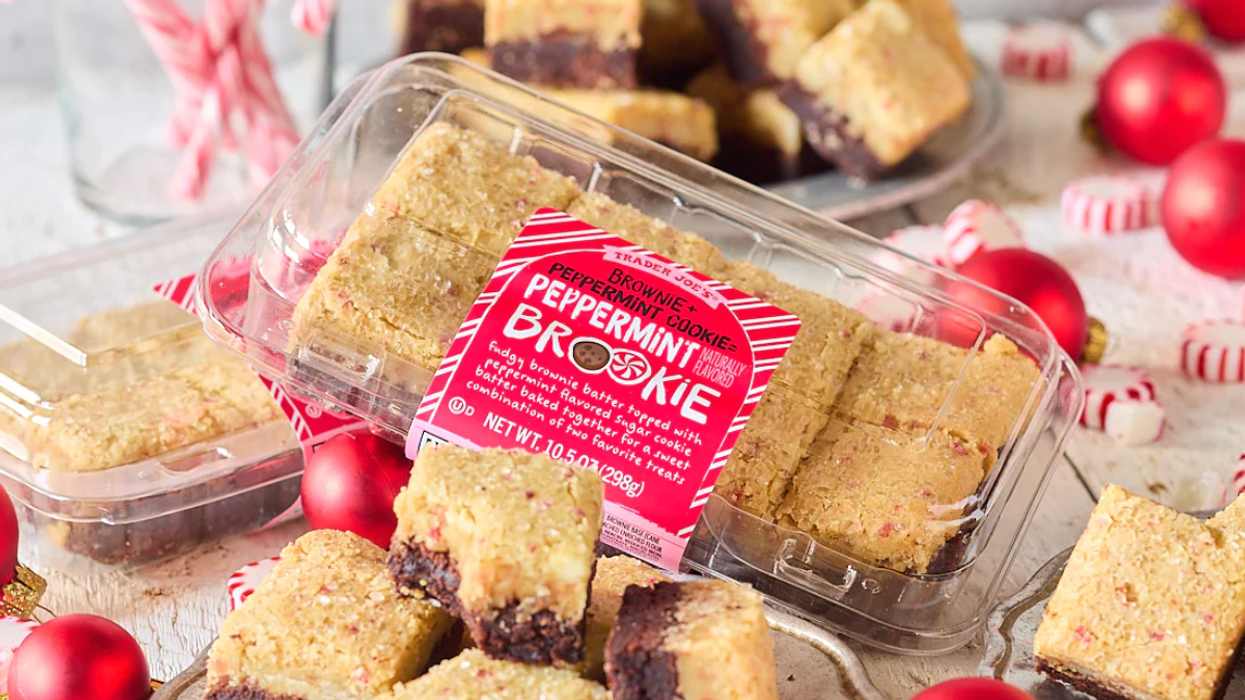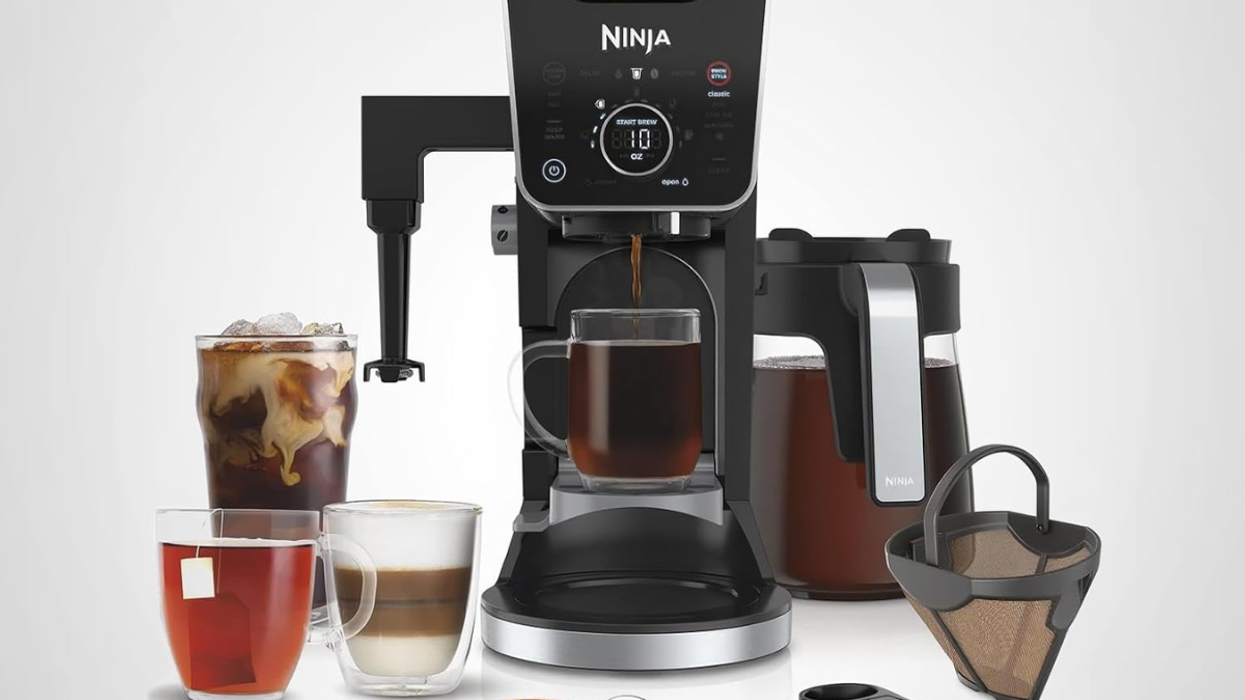For a healthy new year.
The 5 Superfoods You’re Going to See Everywhere in 2018

It’s hard to keep up with the information that’s constantly coming our way about what’s great (and not-so-great) for our bodies. Is it even possible to go a day without hearing about the must-eat healthy foods that are sure to give you flat abs, or how bone broth is going to unlock the key to perfect health? And when we find out after-the-fact that certain “superfoods” are actually overhyped, it becomes even more difficult to navigate the crazy world of nutrition.
Ultimately, the best thing to do is, well, your best! Take the information that’s available to you, figure out what works for your life, and run with it. Luckily, there are plenty of experts out there who can help inform our choices — including a recent survey by the team at KIND Snacks. Among other things, this panel sought expert opinions on the superfoods to watch for in the new year. Read on for all the details about the five items you can expect to see a lot of in 2018.

1. Turmeric: According to the nutrition experts in the KIND survey, they expect root and spice powders, like turmeric, to be on the rise in the new year. Turmeric, specifically, has been shown to have anti-inflammatory properties and is a disease-fighting antioxidant. Plus, it can be used in a wide range of food and beverages.
2. Sprouted Foods: Grains, beans, nuts, and seeds fall into this category once their seeds have germinated and sprouted (hence the name). The benefits of these foods actually lie in the sprouting process. According to Stephanie Perruzza, registered dietitian and health and wellness communications specialist at KIND, these foods experience an uptick in healthy content like protein, B vitamins, and minerals as they grow. She also cites recent information from the Whole Grains Council that supports the disease-fighting benefits of sprouted foods. Expect to see more of these in 2018!

3. Veggies in Place of Grains: While whole grains and grain alternatives (think quinoa) have gained popularity in recent years, nutritionists are seeing an increase in veggies to replace these. Cauliflower, cabbage, and broccoli are especially well-suited for exchanges like this, since their firm texture allows them to be more easily grated and turned into rice. Veggies are lower in calories and carbohydrates and higher in nutrients than most grains, but Perruzza cautions superfood fans who are a little too enthusiastic about this trend. “Swapping in cauliflower for white rice is great, but it’s still important to incorporate whole grain options like quinoa, farro, and brown rice in your diet, as they also offer beneficial nutrition,” she tells us.
4. Dairy-Free Milk: Scroll through the dairy aisle of almost any supermarket and you’ll find that the number of dairy-free milk options has dramatically increased. It’s a brave new world of milk! Today, you can get your hands on soy milk, rice milk, cashew milk, almond milk, oat milk, and coconut milk (just to name a few). Dairy-free milk provides us with nutrients and vitamins, but some (like the nut and rice varieties) are lower in protein. Others are sweetened with added sugars. So if you plan to get in on the trend in the new year, be sure you’re reading your nutrition labels.

5. Pulses: New to “pulses?” Same. According to Perruzza, they “represent a group of plant-protein foods: beans, lentils, and peas.” Pulses are high in nutrients, vitamins, and minerals, and just half a cup of the foods in this category can provide 20 percent of your recommended daily fiber intake. Most of us are deficient in fiber, so toss some beans or lentils into your soup to reap all of these great benefits!
Have you tried any of these superfoods? Let us know what you think @BritandCo!
(Photos via Getty)



















